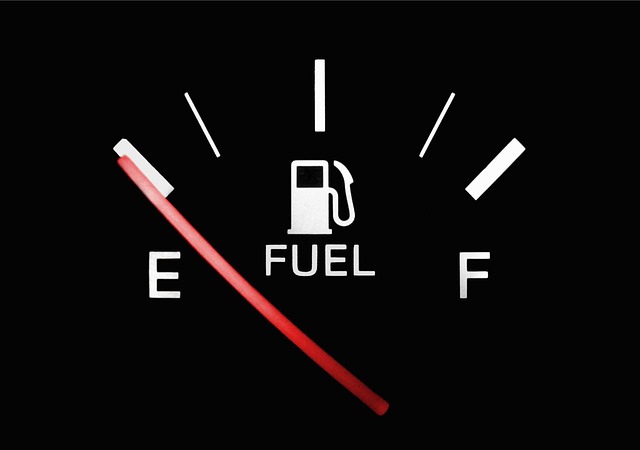Have you ever filled up your car’s tank at a gas station, only to have the fuel gauge on your dashboard read nearly empty or one-quarter full a few minutes later? Or you drive for a few hours, but the gauge is still reading as if your tank is full? Maybe the gauge oscillates between the two randomly. You have a broken fuel gauge somewhere in the system between the tank and the control panel display.
Here’s what you should know about this common problem. Depending on what’s causing it, your mechanic can usually fix the issue fairly easily and quickly.

Image by PublicDomainPictures from Pixabay
The Importance of an Accurate Fuel Gauge
You rely on your vehicle’s fuel gauge to tell you how much gas or diesel is in the tank. Without that knowledge, you could run out of fuel, leaving you late for work or stranded in a remote or unsafe area.
Some drivers also need to track their fuel consumption for work. This includes fleet drivers and those who get reimbursed for gas by their employers. Maybe you keep a close eye on your fuel usage in relation to your mileage to make sure you’re getting maximum efficiency.
A wrong fuel gauge reading will mess up those figures. Or you’ll be constantly running to the filling station just in case your fuel is low and you don’t know it to prevent emergencies.
Why Is My Fuel Gauge Not Accurate?
There are several typical reasons why the fuel gauge in your car, truck, or van isn’t working properly.
Malfunctioning sending unit or wiring
Your fuel tank has a sending unit in it that transmits the amount of fuel to the gauge on your dashboard. If there is a problem with the sending unit, you can get an incorrect high or low reading.
Depending on the age of the car or truck, your sending unit will have one or two wires emanating from it. Older vehicles typically have one; new models usually have two. These wires can become loose or corroded, especially with all the harsh winter weather, exposure to salt air, and copious amounts of road salt we have in Vancouver and around Canada.
The sending unit also has a ground that can become loose. This can be another cause of incorrect fuel gauge readings.
Occasionally, the sender itself is the culprit. In that case, it would have to be replaced.
Stuck or broken tank float
So, how does the sending unit know what information to transmit to your dashboard gauge? It uses a float, not unlike the float you’ve probably seen inside toilet tanks, with an arm attached to the main mechanism.
The float arm measures resistance in the tank — zero ohms if the tank is empty and somewhere around 60 ohms if the tank is full. That resistance is then converted to a reading on the dashboard gauge via the sending unit.
But sometimes the float or the arm can become stuck or break off. A broken float arm will cause a consistently incorrect reading. A stuck float may do the same thing, or it may fluctuate if it is occasionally jarred loose. The latter scenario accounts for a gauge that goes between full and empty with seemingly no rhyme or reason.
Faulty fuse
Sometimes a bad fuse can cause the fuel gauge to read incorrectly. One clue that this is the problem is when other elements nearby on the dashboard also appear to be incorrect. Most often, the oil gauge will be affected by a faulty fuse as well.
How Do You Fix an Inaccurate Fuel Gauge?
Whether it’s a digital fuel gauge reading incorrectly or a conventional analog one, your mechanic can track down the cause with a bit of detective work.
Sometimes, they’ll perform an instrument cluster self-test first. This initiates a sort of reset process with certain dashboard instruments. If the fuel gauge doesn’t move during this process, the issue is located somewhere around the dash with the gauge itself. If the gauge needle makes a full sweep, the problem is more likely with the tank or with the wires between the sending unit and the gauge.
Your mechanic may check fuses next, especially if you have other gauges not working properly. Any bad fuses will be replaced.
A visual inspection of the tank, including the float and sending unit, is usually the next step. Often, it’s apparent that one of the wires is loose or the float arm is malfunctioning. Rarely is there a problem with the wiring running through the vehicle from the sending unit. Sometimes the sending unit itself has an electrical problem, which can be replaced.
You want to get fuel gauge problems ironed out as soon as possible due to the potential risks discussed above. Also, running your vehicle on very low fuel can be hard on your fuel pump, which is something you want to avoid to extend the lifespan of your fuel system.
